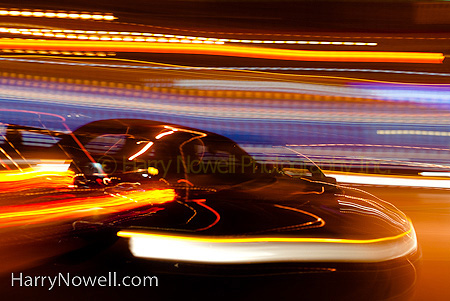Exposed! :: Top Tips to get your photos noticed ::
© Copyright 2009. All Rights Reserved.
Contents
"But why?" she asked. She was obviously disappointed that her photos hadn't made the cut in our local newspaper's photo contest.
In responding to her request for clarification I was forced to qualify what makes a good photo and that lead to this month's Exposed! Newsletter - What makes a good photo? or...
How to get your photos noticed.
Let me rewind a little... I was asked this summer to judge a series of photo contests to help bring traffic to the newspaper's new, online website. Readers entered their best shots and my job was to select the top ten from all the entries and let the general public vote for the winners.
Photos ranged from strong attempts to strong contenders. I developed my criteria for the contest. After quantifying my photo contest criteria to the disappointed photo contestant Exposed! readers can learn to get photos noticed:
Creativity
You have seen others like it - sunsets, beaches, tulips. Yawn! A fresh perspective, new idea, innovative rig to help catch something differently will help you get noticed.
Let's face it - there are millions, er, billions of photos out there. Most are taken simply - point and click. Photos that get noticed often take hours of daydreaming, plenty of observation, patience, and time to prepare before the camera even comes out.
 |
Creativity |
Technical merit
Is the photo well exposed? In focus in the right spots?
A poorly focused or under-exposed photo will render any submission straight into the garbage faster than you can say "... But other than that it's a great photo!"
Emotional feel
This could also be described as gut feel. And this is an important consideration - when the choice boils down to two similar photos the smile factor often determines the difference. This is tricky. What triggers your emotions will be very different from mine.
Understand technical exposure
Technically this is the most misunderstood element in photography. Many photographers get properly exposed photos when exposures are easy but stumble in lighting scenarios that fool even the finest photo gear.
Many tricky exposures come out boringly lacklustre. Ho-hum. Learning how your camera 'attempts' to get the correct exposure is a good start.
With technical exposure expertise your photos will draw editor's eyes and get editors to notice your advanced, creatively exposed photos. There are often brilliant exposure opportunities available only to those who understand and apply the way cameras measure light.
 |
Tricky lighting - good exposures! |
Compositional Considerations
One of the biggest stumbling blocks for new photographers are compositional considerations. There are many. Learning simple elements will help any new photographer. Read, surf the web, enroll in a course to challenge your current compositions!
Create a strong primary focal point
What's the point of the photo? There should be one strong element that attracts your eye and tells the viewer what's going on. The primary focal point should be obvious to ANYONE. It should immediately grab your attention.
Keep the Photo Simple
This is important! What's in the photo? Lots of stuff? Does your eye wander around the photo aimlessly? It needs some tidying! Reduce the visual clutter using selective focus, perspective or physically remove elements from your scene before you take the photo.
 |
Keep it Simple! |
Define your focus
Figure out what, exactly, you want to be in focus. And what should be out of focus? Be specific. On the Creative Fundamentals Photo Workshop we discuss three important factors that will help you maximize creative control with depth of field. The most commonly known factor is aperture. Learn the intricacies of focus. With enough practice selecting focus will become effortless and second nature on the way to award winning photos.
Slow Down
Simon and Garfunkel sang "Slow Down, you move too fast." I am sure they were talking photography.
Shooting 3,274 new photos in a day will probably produce less winners than a day spent slowly capturing 17 well thought, patient, technically proficient exposures. Slow down, observe. Take the time. Make the effort to make each exposure magnificent. This applies to some extent to every application of photography.
Homework
Before you buy any new equipment spend some effort learning. Training will usually get you further ahead than new equipment.
- Read books
- Find appropriate people to critique your work
- Cruise websites and forums looking for photo knowledge
- Find skilled photographers and photo schools with the ability to teach and encourage
Pro Perspective
I see a lot of people's photos. Photos - and not the equipment - show a photographer's experience level. There are many people with fantastic photo equipment that lack the skills to make photos shine.
Buying equipment is easy. Making cameras produce engaging, contest winning photos takes time to learn photo skills. We see many repeat students progress to amazing photo accomplishments as they run through our courses. Their investment in learning pays off over a few years.
Final Frame
The photo contestant continues to click - with new knowledge to hopefully win prizes!
Slow down.
Learn.
Take photos and have fun!
